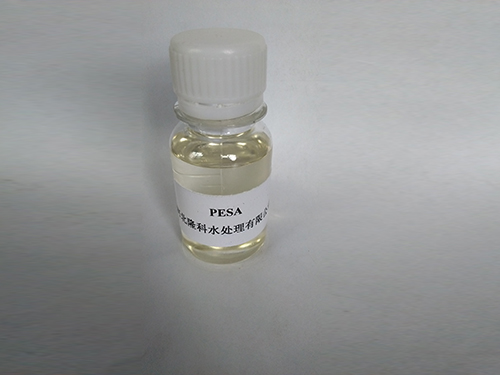Understanding the Role of Coagulants and Flocculants in Water Treatment Processes
Coagulants and Flocculants Key Agents in Water Treatment
Water treatment processes are critical for ensuring safe and clean drinking water. Among the various methods used, coagulation and flocculation are two essential chemical processes that play a pivotal role in removing suspended particles, colloids, and impurities from water. This article explores the functions, mechanisms, and applications of coagulants and flocculants in water treatment.
Understanding Coagulants
Coagulants are substances that promote the aggregation of suspended particles in water. They neutralize the electric charges on particles, allowing them to clump together and form larger aggregates known as flocs. Common coagulants include aluminum sulfate (alum), ferric chloride, and polyaluminum chloride. These chemicals are effective because they alter the surface properties of particles, reducing the repulsive forces that keep them separated.
When coagulants are added to water, they typically dissolve and dissociate into positively charged ions. These ions interact with negatively charged particles, such as silt and organic matter, neutralizing their charges and facilitating their agglomeration. This initial stage of treatment is crucial, as it sets the foundation for efficient flocculation.
The Role of Flocculants
Flocculants are polymers that further facilitate the formation of larger flocs by bridging between individual particles. They are often used after coagulation to enhance the settling and removal of the newly formed flocs. Flocculants can be anionic, cationic, or non-ionic, depending on the charge and nature of the application.
Cationic flocculants are particularly effective in industrial applications where wastewater contains negatively charged particles like colloidal clay and organic matter. By bridging these particles, cationic flocculants help create larger flocs that settle quickly and can be removed easily from the water. In contrast, anionic flocculants are more commonly used in the treatment of industrial effluents rich in organic materials.
The Process of Coagulation and Flocculation
The coagulation and flocculation process typically involves several steps
coagulants and flocculants

1. Chemical Addition Coagulants are added to the water, where they dissolve and interact with suspended particles. 2. Mixing The water is rapidly mixed to ensure uniform distribution of the coagulant, promoting effective interaction between coagulants and particles.
3. Floc Formation Following the rapid mixing, the water undergoes slow mixing, which allows the particles to collide and form flocs.
4. Sedimentation The water is then allowed to sit, enabling the larger flocs to settle to the bottom of the tank.
5. Filtration Finally, the settled flocs are removed, and the clarified water can be further treated or sent for consumption.
Applications in Water Treatment
Coagulants and flocculants are widely used in various applications, including municipal water treatment plants, industrial wastewater management, and mining operations. In municipal settings, they help produce potable water by removing pathogens and impurities. In industrial contexts, coagulants and flocculants play a crucial role in clarifying water used in manufacturing processes, reducing pollution loads, and ensuring compliance with environmental regulations.
Moreover, in the mining industry, they assist in separating minerals from ore by enhancing the settling of waste materials, thereby improving resource recovery and minimizing environmental impact.
Conclusion
The effective use of coagulants and flocculants is essential for maintaining water quality and ensuring public health. As water scarcity becomes an increasingly pressing issue worldwide, understanding and optimizing these processes will become even more important. Innovations in coagulant and flocculant formulations, along with advancements in technology, hold the potential to enhance the efficiency of water treatment processes, leading to safer and more sustainable water management practices. Effective implementation of these agents not only improves water quality but also promotes environmental sustainability, making them indispensable in our quest for clean water.
-
Dodecyldimethylbenzylammonium Chloride: High-Purity DisinfectantNewsAug.30,2025
-
2-Phosphonobutane-1,2,4-Tricarboxylic Acid: Scale & CorrosionNewsAug.29,2025
-
Premium Isothiazolinones | Broad-Spectrum Biocidal SolutionsNewsAug.28,2025
-
LK-319 Special Scale And Corrosion Inhibitor For Steel Plants: Advanced Solutions for Industrial Water SystemsNewsAug.22,2025
-
Flocculant Water Treatment: Essential Chemical Solutions for Purification ProcessesNewsAug.22,2025
-
Isothiazolinones: Versatile Microbial Control Agents for Industrial and Consumer ApplicationsNewsAug.22,2025





